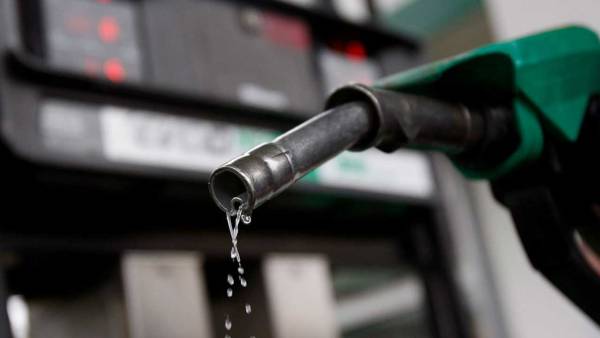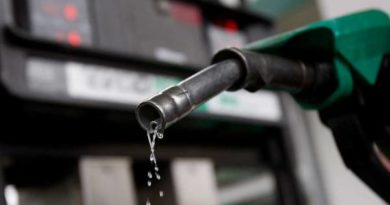Cheating Petrol Stations Identified In Major Cities
Source: Vientiane Times
Authorities have found that many petrol stations in the capital and Savannakhet and Champassak provinces cheated their consumers by not providing sufficient amounts of fuel.
The Standards Department at the Ministry of Science and Technology has led relevant authorities to inspect the quality and quantity of fuel at petrol stations over the past two months.
The stations which failed to provide accurate amounts of petrol to customers would have been ordered to stop their services until the stations’ meters are re-set properly.
A senior official in charge from the Ministry of Science and Technology, who asked to be anonymous, told Vientiane Times on Monday that authorities have warned several stations in Vientiane after they have been found cheating their customers.
“We have yet to fine them, only warning them not to do it again. However, in the near future, we will enforce our regulations to fine and penalise cheating operators,” he said.
Unfortunately, the Standards Department was unwilling to give the exact figure of cheated petrol stations and their names.
Inspection activities have also been carried out to identify dirty fuel following a growing number of complaints by members of the public that some fuel is contaminated.
In October last year, the Ministry of Science and Technology in cooperation with other relevant sectors carried out a pilot project on the inspection of petrol stations and found that some were selling contaminated fuel.
The inspection of petrol stations took place in recent months in response to the request made by the Petroleum and Gas Group Association, vehicle dealerships and members of the public.
The dirty fuel not only damages engines but also affect the reputation of vehicle and fuel businesses in Laos. The dirty fuel could be the result of the poor management of oil imports, resulting in petrol stations buying fuel from anyone at a cheap price, regardless of quality.
According to the Ministry of Science and Technology, from now on, all fuel will have to be tested at border checkpoints for quality before being distributed to petrol stations.
In addition, the ministry will regularly check petrol stations, particularly those at which many people prefer to fill up.
The fuel quality testing and inspection is part of the government’s efforts to protect the rights of consumers.
Currently some operators asked authorities to inspect the quality of fuel at their petrol stations, as they aimed to get credits for serving customers quality fuel.
Laos imports all its fuel from other countries, but there is no official report about the exact figure of petrol imported to Laos for 2015 or 2016.
The latest figure released in 2013 with Laos importing more than 911 million litres of fuel. Some 45 to 50 percent of the fuel Laos imports is used in Vientiane and Vientiane province, according to the Lao Petroleum and Gas Association.


